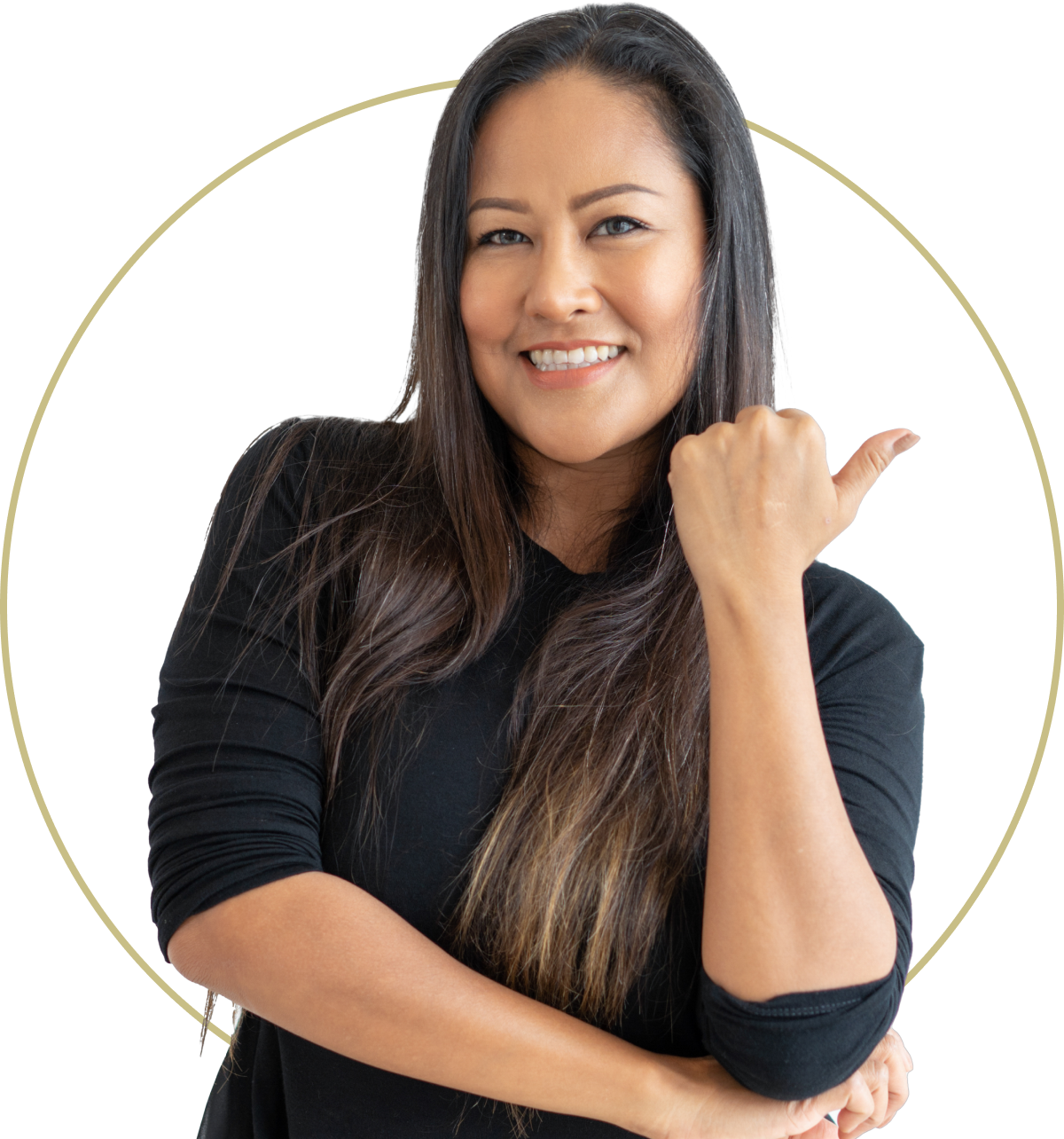menopause and headaches or migraines
By Andrea Donsky | Fact Checked | Sources
Are you going through menopause and experiencing headaches and migraines? You’re not alone, and we’d like to talk about not only the reasons why you may be having these head pains, but also what you can do about them.
What are headaches and migraines?
Headaches are head pain that may be caused by a variety of factors, including sensitivity to food, pollen, mold, or other substances, as well as emotional or physical stress or trauma, chemical sensitivities, and exposure to environmental factors, just to name a few of the more common reasons. One of the most common types of headaches are those caused or triggered by stress or tension.
Our Top Picks
Read about what to eat (and what to avoid) to soothe migraines
Migraine headaches are believed to be caused by changes in brain chemicals. The headaches are characterized by moderate to severe throbbing that typically is worse on one side of the head. They may last for just a few hours or as long as 72 hours and occur once or twice a month or as often as several times a week. Some common triggers include stress, strong odors, bright lights, hunger, certain foods or beverages (e.g., artificial sweeteners, chocolate, aged cheese, alcohol), and changes in weather.
Unlike typical headaches, migraines can involve nausea, vomiting, and sensitivity to light and noise. Migraines can occur in two forms: with aura or without. Women who experience migraines with aura can see flashing lights and mental confusion, have a change in their sense of touch, taste, and smell, or feel tingling or numbness in their face or hands.
How are headache and migraine associated with menopause?
When estrogen and progesterone levels drop dramatically with menopause, they have an effect on the brain chemicals involved with headaches and migraines. For example, as estrogen levels decline, so do serotonin levels, which can cause widening of the blood vessels, including those to the brain, and cause a migraine. Prostaglandins, magnesium, and nitric oxide are also impacted by a decline in estrogen, which in turn interferes with neurotransmission in the brain and can lead to migraines.
Some women who had hormone-related headaches before perimenopause and menopause, the changes in estrogen can cause their head pain to worsen. For example, migraines can be more severe or occur more frequently. Women who have never had a migraine before perimenopause may experience a migraine for the first time. For other women who had severe tension headaches, menopause may result in an improvement in their head pain. The good news is that headaches and migraines may disappear once women reach post menopause years.
Read about understanding headache pain
How to treat headache and migraine naturally
How you approach natural treatment for headache and migraine associated with menopause depends on which symptoms you are experiencing. Are you having trouble sleeping, are you irritable, do you have mood swings, or are you having hot flashes? It’s recommended you try more than one natural remedy to best manage your symptoms.
- Change your lifestyle. Habits that have the ability to cause or contribute to headaches and migraines include skipping meals, insufficient sleep, use of tobacco or alcohol, and not getting enough exercise. Take steps immediately to make the changes necessary.
- Reduce stress. The practice of stress-reducing activities or habits daily can significantly lower your stress levels and thus decrease the chances of having headaches or migraines. Deep breathing, yoga, tai chi, progressive relaxation, meditation, and visualization are some suggestions.
- Ice up. Placing an ice pack or cold cloth on your neck, head, or wrists may help reduce pain.
- Stay hydrated. Besides stress and tension, one of the most common causes of headaches is dehydration. Carry a reusable water bottle with you if necessary and stay hydrated throughout the day.
- Try biofeedback. A biofeedback expert can show you how to monitor and change how your body responds to anxiety and stress. Once you are taught how to manage biofeedback at home, you can take control of your own treatment.
- Go herbal. Bastyr University lists chasteberry, ginger, butterbur, and feverfew as remedies that may be helpful in relieving migraine. Take according to package directions or under the guidance of a healthcare professional.
- Take nutrients. A few nutrients may be helpful in reducing migraine frequency and duration. Riboflavin (vitamin B2) may provide relief for both children and adults according to one review. Magnesium is another nutrient that has shown promise in reducing migraine frequency and intensity. Daily doses of 400 to 500 mg may help prevent migraines in some women.
- Avoid certain substances. Preservatives, food colorings, MSG, processed foods, and foods high in tyramine, such as aged or strong cheeses, cured meats, overripe fruit, pickled or fermented vegetables, and alcohol in beer, wine, sherry, and some liqueurs.
When to contact your doctor
If your headaches or migraines are not responding well to your treatment efforts and are interfering with your daily activities, you should seek help from your healthcare provider.
bottom line
Headaches and migraines are a common part of the perimenopause and menopause scene, but don’t let the hormonal changes get you down. Lifestyle changes and other natural remedies can provide relief from your head pain.





